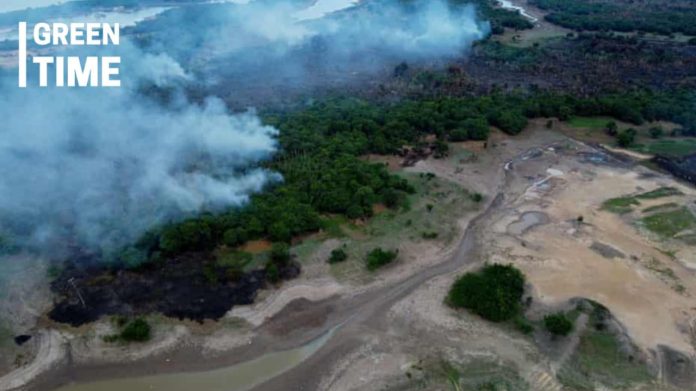As the world grapples with the ever-worsening impacts of climate change, controlling methane emissions presents one of the most immediate and effective solutions to slowing the planet’s warming. Methane is a potent greenhouse gas, and while it remains in the atmosphere for a much shorter time than carbon dioxide, its heat-trapping capabilities are far greater. Over the past two decades, humans have released over 3 billion tonnes of methane into the atmosphere, primarily from agriculture, fossil fuels, and waste management.
Methane’s unique ability to dissipate naturally within a decade or so provides us with a powerful tool for rapid climate action. By cutting methane emissions from human activities, we could potentially reduce global warming by 0.5°C, a significant step in limiting the worst impacts of the climate crisis. No other greenhouse gas gives us this much power to make such a noticeable difference in the near term.
However, as global temperatures continue to rise, the challenge of methane emissions is not solely confined to human activity. Natural sources, such as tropical wetlands and thawing Arctic permafrost, are expected to release higher amounts of methane as the planet warms. In tropical regions like the Amazon, where methane emissions from wetlands are already high, increasing temperatures and droughts linked to phenomena like El Niño could worsen the situation. During the 2015-2016 El Niño, for example, record-breaking droughts and wildfires turned the Amazon from a carbon sink to a carbon source, exacerbating global warming.
In addition to tropical wetlands, Arctic peatlands are another major source of concern. As the permafrost thaws and temperatures rise, vast amounts of carbon stored in these frozen soils could be released as methane. This “methane bomb” scenario would further accelerate climate change, pushing the world into a feedback loop of warming and emissions that would be incredibly difficult to reverse.
Despite the grim outlook, there are solutions. In Finland, for example, restoration projects like the one led by the Snowchange Cooperative have shown that degraded peatlands can be transformed into thriving ecosystems that not only store carbon but also support biodiversity. By flooding exposed peatlands and reducing soil-based emissions, these efforts have helped mitigate methane release.
On a personal level, reducing methane emissions can start in our homes. Transitioning from gas to electric appliances, particularly heat pumps and induction stoves, can significantly cut methane leakage and indoor pollution. Additionally, reducing our consumption of beef and dairy—major sources of methane from livestock—can lower our individual methane footprints.
Ultimately, while reducing methane emissions from human activities is critical, we must also address the natural systems at risk. As climate change continues to disrupt these ecosystems, a combination of mitigation and restoration efforts will be essential in our fight to slow global warming and protect vulnerable communities from its impacts.

